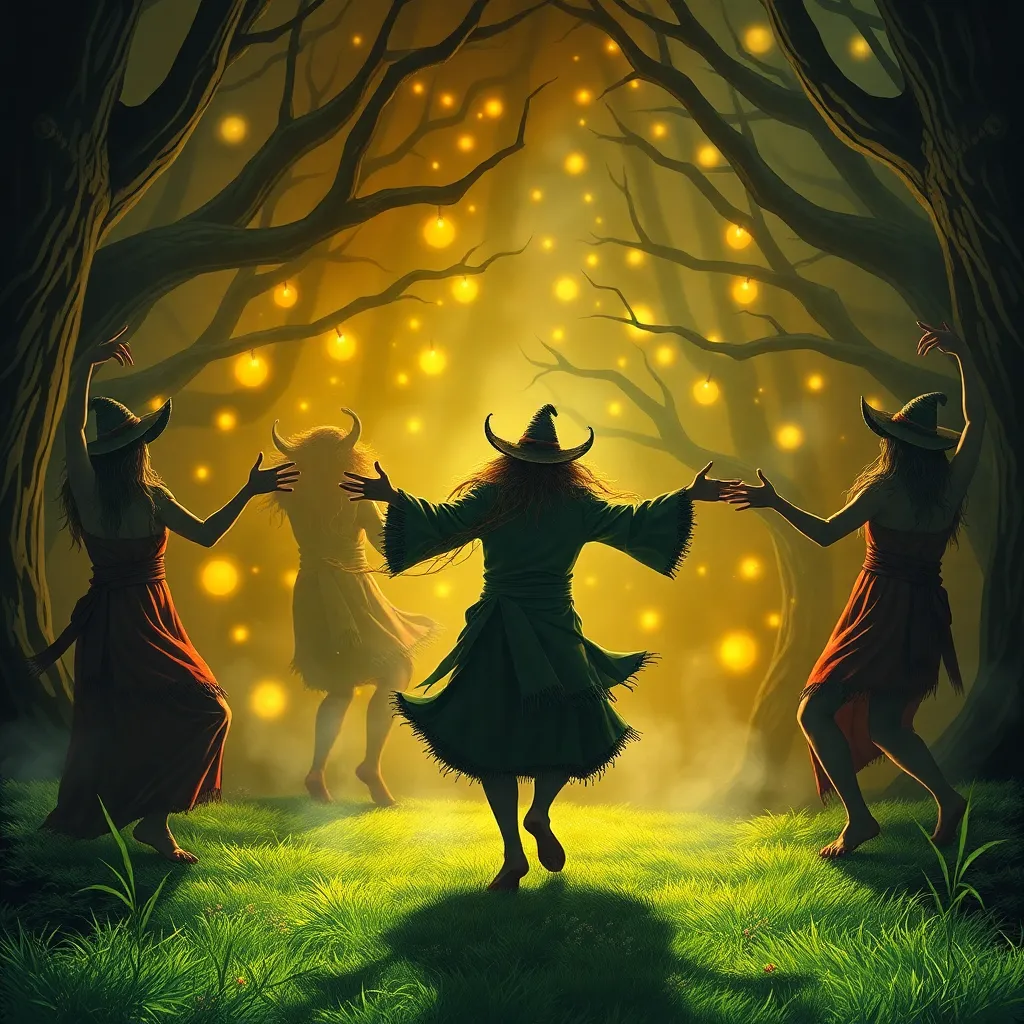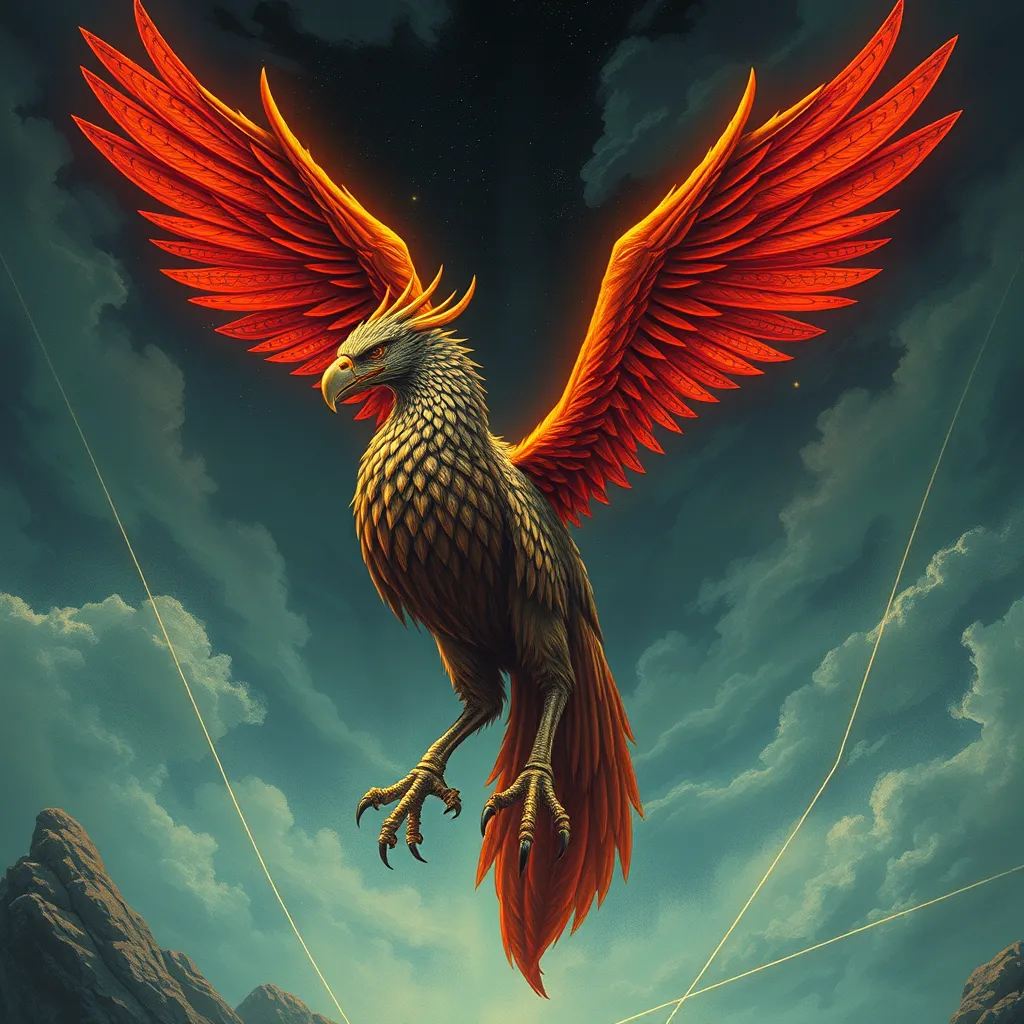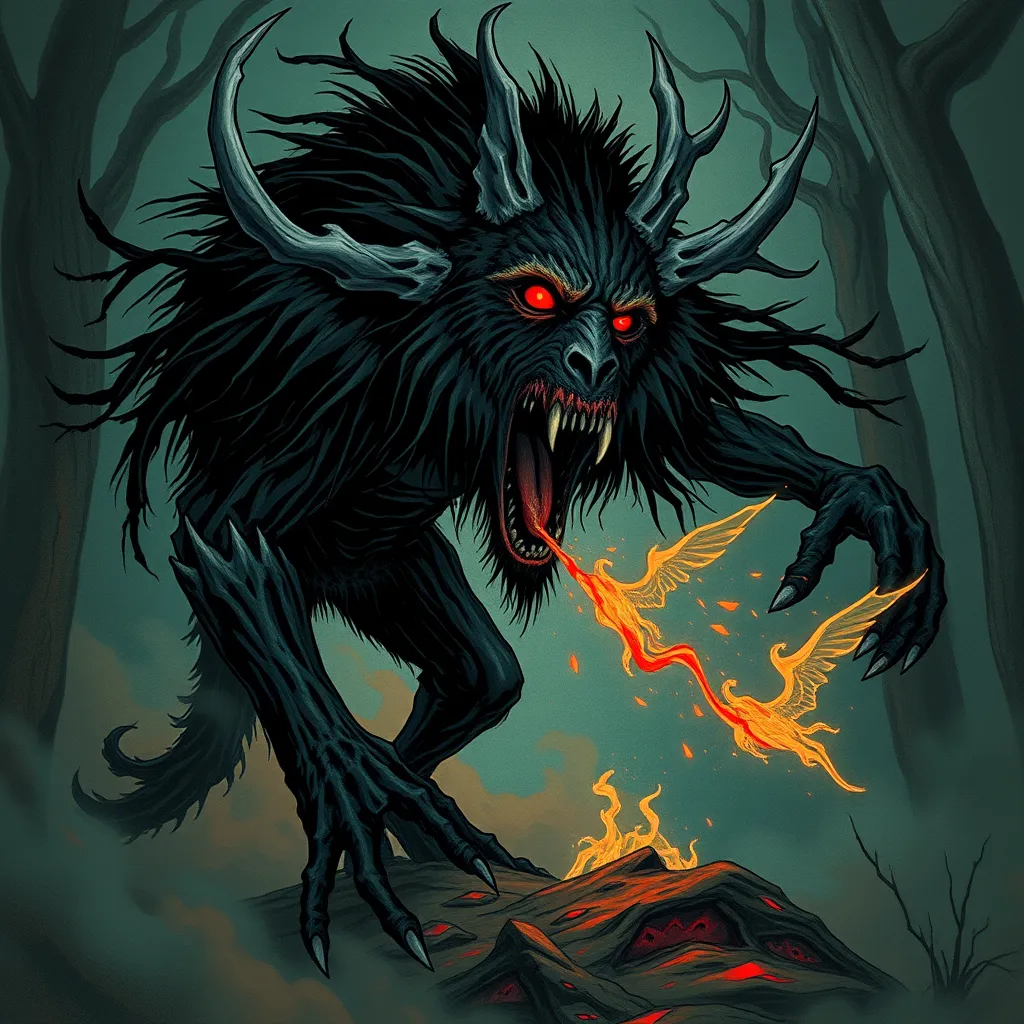The Brownie’s Dance: Music & Folklore in Celtic Tradition
I. Introduction to Brownies in Celtic Folklore
In the rich tapestry of Celtic folklore, brownies occupy a unique and captivating role. These small, elusive creatures are often depicted as helpful household spirits, embodying the essence of domesticity and nature. Typically, they are described as short, bearded men clad in brown clothing, and they are known for their mischievous yet benevolent nature.
The historical context of brownies is deeply rooted in the Celtic culture, where they have been revered as protectors of the household and guardians of the hearth. Their significance extends beyond mere myth; they are integral to the understanding of communal life and the relationship between humans and the spirit world.
Music plays a vital role in the lore surrounding brownies, serving as a medium through which stories are told and traditions are passed down. It is through rhythm and melody that the essence of brownies is captured, leading to celebrations that honor these enchanting beings.
II. The Role of Music in Brownie Lore
Music is an integral part of brownie folklore, often accompanying tales and celebrations. Certain traditional instruments are closely associated with these stories, enhancing the narrative and evoking the spirit of the dance.
- Traditional Instruments:
- Fiddle
- Tin whistle
- Bodhrán
- Types of Music:
- Reels and jigs
- Ballads that tell tales of brownies
- Chants and songs sung at celebrations
The significance of rhythm and melody in this folklore cannot be overstated. The lively beats of a jig or the haunting notes of a ballad not only entertain but also connect the community to their ancestral roots, reminding them of the harmony between humans and the mystical world.
III. The Brownie’s Dance: Description and Symbolism
The Brownie’s Dance is a celebrated aspect of Celtic tradition, characterized by its lively movements and communal participation. Traditionally, these dances are performed during festivals, often in honor of the brownies themselves.
Symbolically, the dance represents:
- Connection to Nature: The movements often mimic the elements of nature, celebrating the changing seasons and the cycle of life.
- Community Bonding: The act of dancing together fosters a sense of unity and collective identity among participants.
- Spiritual Offering: Dancing is viewed as a way to honor the brownies, inviting their blessings and protection.
In Celtic tradition, dance is more than a performance; it is a vital expression of culture and an embodiment of the stories that define a community.
IV. Regional Variations of the Brownie’s Dance
Across the Celtic nations, the folklore surrounding brownies and their dances exhibits intriguing regional variations. Each culture has its unique interpretation, influenced by local customs and history.
- Scotland: Scottish brownies, known as “brownies” or “browny,” are often linked with specific locations, and their dances reflect the rugged landscapes of the Highlands.
- Ireland: In Irish folklore, brownies are frequently depicted as helpful farm spirits. Their dances incorporate vibrant, energetic movements that reflect the vitality of Irish culture.
- Wales: Welsh brownies, called “Bwca,” often have a more mischievous reputation. Their dances are characterized by playful and spontaneous elements, emphasizing joy and laughter.
The geography of these regions also influences the music and dance styles associated with brownie traditions, creating a rich diversity that reflects the unique cultural identities of each nation.
V. The Integration of Brownies into Modern Celtic Music
In recent years, there has been a resurgence of interest in traditional Celtic music, with contemporary artists drawing inspiration from brownie lore. This integration of ancient stories into modern music showcases the enduring legacy of these folkloric figures.
Notable contemporary artists have reinterpreted brownie stories through their music, creating a bridge between the past and the present. Their works often feature:
- Innovative arrangements of traditional melodies
- Lyrics that tell the tales of brownies and their dances
- Collaborations that blend various musical genres with Celtic influences
This revival not only highlights the importance of preserving Celtic traditions but also encourages a new generation to engage with their cultural heritage through music.
VI. The Brownie’s Dance in Festivals and Celebrations
Throughout the Celtic world, festivals celebrating folklore include vibrant displays of music and dance centered around brownies. These events play a crucial role in maintaining cultural traditions and fostering community spirit.
Key aspects of these festivals include:
- Community Involvement: Local people come together to celebrate, share stories, and participate in dances.
- Performance of Traditional Dances: The Brownie’s Dance is often performed as a highlight of the festivities, showcasing the rich heritage of the region.
- Cultural Preservation: These events serve as a means to educate younger generations about their folklore and traditions.
The impact of such celebrations extends beyond mere entertainment; they are vital for the cultural preservation of Celtic heritage, ensuring that the stories and songs of the past continue to resonate in the present.
VII. Myths and Misconceptions about Brownies
Despite their rich folklore, brownies are often misunderstood in popular culture. Common myths surrounding these creatures can distort their true nature.
- Myth: Brownies are malevolent spirits.
- Reality: In traditional lore, brownies are depicted as helpful and protective beings.
- Myth: Brownies are purely fictional.
- Reality: Brownies hold deep cultural significance, embodying the values and beliefs of Celtic communities.
Debunking these stereotypes is important for maintaining the integrity of folklore. Accurate representation allows for a deeper understanding of cultural narratives and their significance.
VIII. Conclusion: The Enduring Legacy of the Brownie’s Dance
The cultural significance of brownies and their music is profound, serving as a reminder of the interconnectedness of community, nature, and the spirit world. The Brownie’s Dance, with its lively rhythm and rich symbolism, encapsulates the essence of Celtic tradition.
As we reflect on the importance of preserving these traditions, it becomes clear that engaging with Celtic folklore and music is vital for maintaining cultural identity. By exploring these stories and participating in celebrations, we honor the legacy of the past and keep the spirit of the brownies alive for future generations.



